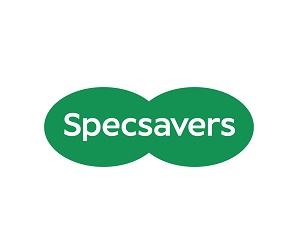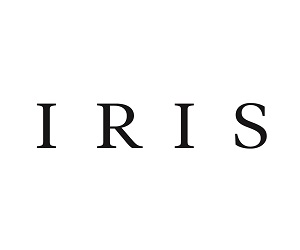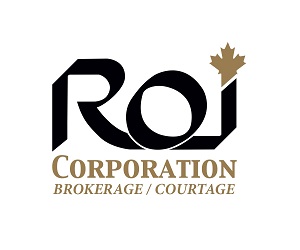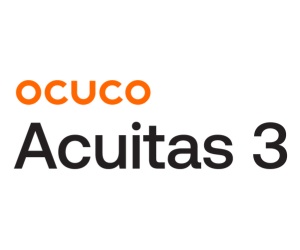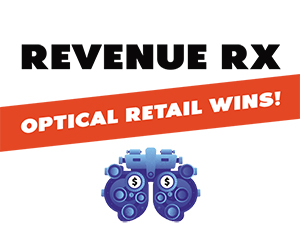
There are several commonly used formulas for determining the value of a practice. Often the different approaches are averaged together and used as a starting point to begin negotiations. In this discussion adapted from the Webinar Should I Stay or Should I Go, expert panelists Al Ulsifer (CEO FYidoctors), Grant Larsen (CEO Eye Recommend), Daryan Angle (VP IRIS The Visual Group) and Paul Gray (Optometric Services Inc.) discuss three commonly used methods in more detail.
Al Ulsifer, FYidoctors: The most common valuation method that we were seeing years ago is taking one year’s net income, and that can be on a three-year average. There are other considerations as well. A buyer will be cognizant of a practice that decides to not take holidays for the year prior to the sale, for example. So it’s important to have some stability over a period of time. It could be 100% of, or sometimes up to a net of 120% if the practice is growing and showing promise, and then adding on the fair market value of your assets. Assets being equipment, furnishings, lease holds, supplies, inventory. Sometimes it’s a bit of a challenge to assess what is the fair market value of those assets.
We have equipment companies that can go and give an assessment of what the fair market value of optometric technology is. Some folks will look at the net book value of those assets on your financial statements because it is quite a process to truly get an external valuation, a fair market value assessment of all assets in the business.
Our company will use a combination of a couple of different methodologies in a formulaic approach to generate the valuation.
Grant Larsen, Eye Recommend: There are a number of details when you are looking at some of the tangible and intangible items that impact weighted average gross income and how you value.
First, it’s a weighted average, the last 12 months being the most important, usually at about 50%, the second last year being at about 30%, and your third last year being at about 20%. That’s the weighted average of it, and you are relating it to gross income. Once you’ve got that gross income weighted average then you are looking at a number of components that will impact, plus or minus.
Looking at how well your business is run from a net income standpoint, that is an indication of efficiencies and the value of your business. Looking at the reputation of your practitioner and how that matches up with you as a buyer is really critical.
We look at the community as a whole and at the geographic location. We also look at mix of patients—the demographics, and parking and transportation. Consumers’ convenience is becoming very important to them.
Fees, credit policies, a lot of these elements need managing, so they have a dramatic impact on the value of the business, and often times it is the perception of the buyer as to whether these are positive or negative.
The last one is competition, or could be a lack of competition. We think about rural and urban practices and there is no rhyme or reason why one is more valuable than another, especially in Canada. But competition can have a direct impact on whether it is more or less valuable.
Daryan Angle, IRIS: EBITDA is certainly the most accepted evaluation in the public market.
If you take all your revenue coming into your practice and you start to pay out your expenses, wages, cost of goods, the rent, all those things and you get down to the number before you pay your taxes, before you pay interest on any money you borrowed, or before your accountant decides to depreciate or deduct an amount based on assets you have in the practice that is depreciating.
This is an accounting process that, when you are taking a piece of equipment or leasehold, you amortize or you depreciated over time, you take the number before that, before the interest, before the tax, you have your EBITDA, and that is the number that the market uses as an indication of the profitability of your practice.
Your operating expenses isn’t the number you want to use because it’s fairly common for practice owners to use their practice in creative ways to reduce the taxes you pay. Salary, running expenses, personal expenses like cellphone, automobile uses, other type of expenses that you can put through the practice which are not directly related to the operations of the practice and the buyer will not have to pay once they acquire that business.
Those are all things that you want to pull out of that EBITDA number when you are looking at adjusting your business for sale, as well as non-recurring expenses. If you changed your carpet last year, you are not going to do that every year, so you want to remove that from your EBITDA calculation when you go to sell your practice because it’s not something the buyer is going to have to do every year, and they are going to reap the benefit of the profitability of not having to have that expense.
When you make these adjustments you get to an adjusted value or adjusted EBITDA value, and then you apply to that value a multiplier. The negotiations around that multiplier relates to different factors—is it too isolated to recruit associates, is it big precisely because there is no competition? There are so many factors involved but that’s going to affect the multiplier that you applied to the EBITDA as well as what you adjust to. You may get creative in terms of what you think is a non-recurring expense, but that becomes a point of negotiation between your advisers and you, and the potential buyer.
That is the simple version of the adjusted EBITDA evaluation, certainly the one we use at IRIS, and it’s one that follows a lot of the rigorous accounting principles that you need for a public markets and one that we are very familiar with.
Paul Gray (OSI): The price needs to be fair to both parties, in particular if they are going to continue the practice together. I think it’s worth pointing out as well that some of the sales difficulties disappear when the practice is sold to an associate who has the benefit of familiarity of having worked in the practice for one or three years in advance, and as you’ve worked them in the practice, and you worked them in the management structure, and the staff interaction and so forth, the trust develops both clinically and interpersonally.
It also allows the purchasing practitioner to have a real sense of what their dollars per patient or their real revenue per patient that they generate in the practice actually is and it makes the calculation about affordability much easier. The practice must be reasonably priced to ensure that the purchaser is going to receive enough net to fulfill their financial obligations, their lifestyle obligations, taxes on their net earnings, loan payment schedule, student loans and so forth.














